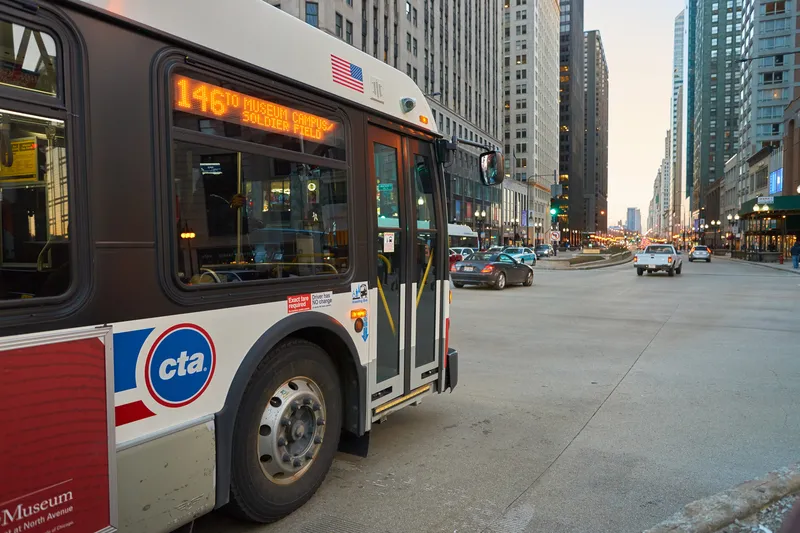Bombardier Transportation has selected TagMaster’s advanced onboard RFID solution for a new monorail mass transit system in São Paulo, Brazil.
March 23, 2012
Read time: 1 min
Bombardier has placed an initial order for heavy-duty (HD) readers which will be delivered between December 2011 and Quarter3 2012. Additional orders for TagMaster’s heavy-duty ID-tags and system spare parts for the project are anticipated during 2012.
The TagMaster equipment will be fitted on Bombardier Innovia monorail 300 vehicles and provide both primary train location information and accurate positioning information to the CityFlo 650 CBTC (communication-based train control) onboard control system.
"Once again, we are pleased to confirm TagMaster as our RFID solution provider for another major Cityflo 650 project. The TagMaster solution is an important element of the advanced CBTC system that Bombardier is supplying to São Paulo as part of its new Innovia Monorail 300 system," said Jeff Stover, director of signalling engineering at the Pittsburgh USA site of Bombardier Transportation’s Rail Control Solutions division.










